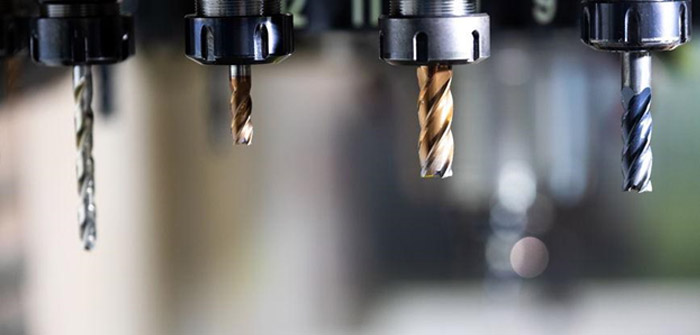PVD is an acronym for the term Physical Vapor Deposition. The phrase is used to refer to a procedure used to add a protective layer onto any surface. The procedure is made possible by vaporizing solid material into a vacuum and depositing it onto the targeted surface. The process is also commonly referred to as thin-film coating.
PVD Coating Process and Techniques
PVD coating is largely used on cutting tools so that they last longer. There are five commonly used PVD coating techniques. All five techniques employ more or less the same thin-film coating process to get the job done. The coating techniques include;
1. Electron-beam PVD
this technique uses heat to generate an electric current that is run through the filament. This technique is preferred where the layers need to be created at a fast pace.
2. Thermal evaporation
This technique is the oldest in the book. It is mainly used for research purposes rather than in the field. High heat levels are also used to vaporize the coating material.
3. Pulsed laser deposition PVD
This technique uses a strong pulsed laser beam in a vacuum. The beam impacts the coating material to create a plasma plume. The plume is atomically bonded to the target surface.
4. Sputtering PVD
Sputtering and PVD may sometimes be considered two different techniques. Since the techniques use the same machine and their applications are impeccably similar, scientists consider them the same. The PVD technique works by bombarding the target surface with vaporized ions. Different catalysts are used to improve the rate of ion attachment.
5. Cathodic-arc evaporation PVD
This technique uses an electric arc to vaporize the coating material then condense it on the target surface. Cathodic-arc evaporation can use different materials for coating.
What Are the Benefits of PVD Coating?
PVD coating techniques are used in a wide array of industries. Industries that make the most use of PVD coating include the medical industry and tech industry. Using PVD coating to create a thin film on substrates has its advantages.
• Durability
Because the entire process is done at an atomic level, the resulting product lasts a long time. The coating provides a barrier against abrasive environmental factors. The applications for PVD in the aeronautic industry are limitless because of this quality.
• Corrosion and Scratch Resistant
If you own a car or a similar machine, we can all agree that you do not want the paint to easily scratch off. The applications of PVD coating in the automotive industry are based on this advantage. Any surface that has PVD coating is less likely to tarnish easily. The process can also be applied to timepieces. A gold or platinum PVD coat will last ages on your favourite Rolex.
Summary
Many companies offer PVD coating services at fair prices. If you have a unique idea in mind, there are service providers that can customize the colour, durability and other characteristics of the final product for you. The applications of PVD keep growing increasing the life span of many items we use on a daily basis.
About the Author

Emily Lamp is a professional writer, working closely with many aspiring thinkers and entrepreneurs from various companies. She is also interested in lifestyle travel, business growth and self-improvement.




